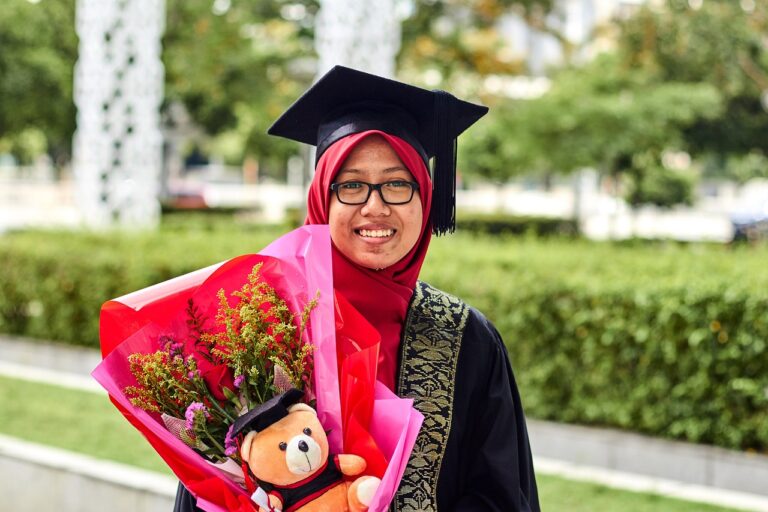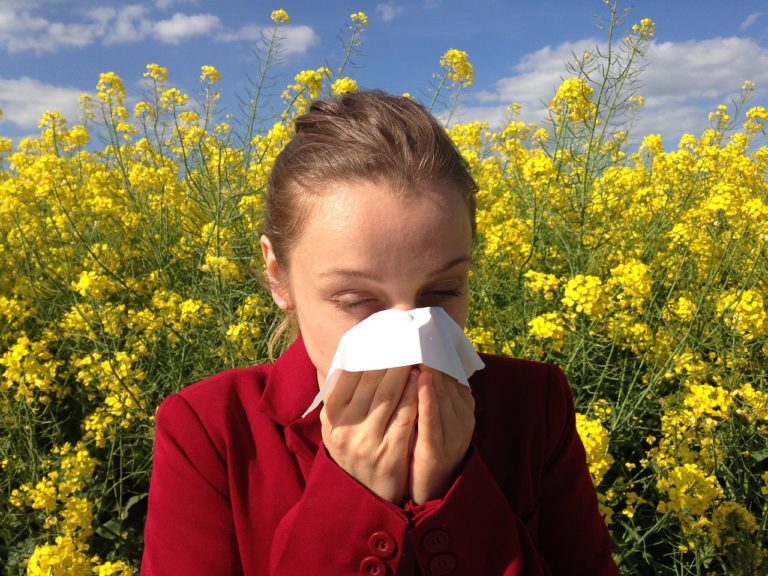Book Appointment Now

Roper, Activities of Living Model
The Roper, Logan, and Tierney Model of Nursing, often referred to as Roper’s Activities of Living Model, is a widely used framework that emphasizes a holistic approach to patient care. Introduced in 1980 by Nancy Roper, Winifred Logan, and Alison Tierney, this model is based on the concept of Activities of Daily Living (ADLs) and focuses on assisting individuals to achieve maximum independence in performing these activities. The model is particularly valued for its adaptability across healthcare settings, including acute care, chronic disease management, and rehabilitation.
This article explores the foundational principles, components, and applications of Roper’s Activities of Living Model, providing detailed insights into its relevance in modern nursing practice.
Philosophical Foundations of the Model
The model draws heavily from the Hendersonian framework, which identifies nursing as a means of assisting individuals in performing activities that contribute to health, recovery, or a peaceful death. Additionally, the model incorporates aspects of Maslow’s Hierarchy of Needs, emphasizing the role of basic human requirements in achieving well-being.
Key assumptions of the model include:
- Holistic Perspective: Nursing care must address the physical, emotional, social, and environmental needs of individuals.
- Dynamic Nature of Life: Health and independence are influenced by a constant interplay between biological, psychological, sociocultural, environmental, and politico-economic factors.
- Individualized Care: Each individual’s ability to perform activities of living depends on their unique circumstances, requiring tailored nursing interventions.
Core Components of Roper’s Activities of Living Model
1. Activities of Living (ALs)
The model identifies 12 Activities of Living, which form the foundation of nursing assessment and intervention:
- Maintaining a Safe Environment: Ensuring physical safety and security.
- Communicating: Engaging in verbal and non-verbal interactions to express needs and emotions.
- Breathing: Maintaining effective respiration to support life.
- Eating and Drinking: Meeting nutritional and hydration needs.
- Eliminating: Managing excretory functions.
- Personal Cleansing and Dressing: Maintaining hygiene and self-care.
- Controlling Body Temperature: Regulating body heat through internal and external means.
- Mobilizing: Maintaining physical mobility and independence.
- Working and Playing: Balancing productive activities with leisure.
- Expressing Sexuality: Acknowledging and respecting sexual identity and needs.
- Sleeping: Ensuring adequate rest and recovery.
- Dying: Addressing end-of-life care with dignity and compassion.
2. Factors Influencing Activities of Living
The model identifies five key factors that influence an individual’s ability to perform ALs:
- Biological: Physical health, illness, and genetic predispositions.
- Psychological: Emotions, mental health, and cognitive abilities.
- Sociocultural: Cultural beliefs, values, and social norms.
- Environmental: Physical surroundings, such as housing and access to resources.
- Politico-Economic: Economic status, healthcare policies, and accessibility to care.
3. Lifespan Perspective
The model emphasizes that an individual’s ability to perform activities of living evolves throughout their life. For example, a child’s dependency gradually transitions to independence, while aging or illness may lead to a decline in functional ability.
Application of Roper’s Activities of Living Model in Nursing Practice
1. Acute Care Settings
In hospital settings, Roper’s model provides a structured approach to assessing and addressing patient needs. For example, a nurse caring for a post-operative patient would evaluate their ability to perform ALs such as mobilizing, eating, and eliminating. By identifying specific limitations, the nurse can implement interventions such as pain management, physical therapy, and nutritional support to restore independence.
2. Chronic Illness Management
For individuals with chronic conditions such as diabetes or heart failure, the model guides long-term care planning. Nurses assess how the illness affects ALs like eating and drinking, mobilizing, and sleeping. Interventions may include dietary education, physical activity recommendations, and symptom management to optimize quality of life.
3. Rehabilitation Nursing
Roper’s model is particularly valuable in rehabilitation, where the goal is to restore or maximize independence. For instance, in stroke rehabilitation, the nurse may focus on improving mobility, communication, and personal hygiene. Adaptive tools and therapies, such as speech therapy or mobility aids, are implemented based on the individual’s needs.
4. Palliative and End-of-Life Care
In palliative care, the model helps nurses address physical comfort, emotional well-being, and dignity during the dying process. Activities such as breathing, eliminating, and sleeping are managed to alleviate discomfort, while communication and emotional support are prioritized to ensure a meaningful end-of-life experience.
5. Community and Public Health Nursing
Roper’s model extends to community settings, where nurses assess population-level factors influencing ALs. For example, in underserved communities, interventions may focus on improving access to safe housing, clean water, and nutrition. Public health initiatives often address sociocultural and politico-economic factors that impact overall health.
Strengths and Limitations of Roper’s Activities of Living Model
Strengths
- Holistic Approach: The model considers multiple dimensions of health, ensuring comprehensive patient care.
- Flexibility: It is adaptable across various healthcare settings and patient populations.
- Focus on Independence: The emphasis on restoring and maintaining functional ability aligns with patient-centered goals.
- Structure and Clarity: The model’s clear framework facilitates systematic nursing assessments and interventions.
Limitations
- Overemphasis on Activities: Critics argue that focusing solely on ALs may overlook deeper psychological or existential concerns.
- Subjectivity: The interpretation of ALs can vary among nurses, leading to inconsistent application.
- Cultural Sensitivity: While the model acknowledges sociocultural factors, its general framework may not fully address culturally specific needs.
Summary of Key Concepts and Applications
| Concept | Description | Practical Application |
|---|---|---|
| Activities of Living (ALs) | 12 essential activities, including breathing, mobilizing, eating, and dying. | Assessing and addressing limitations in activities, such as providing mobility aids or dietary support. |
| Influencing Factors | Biological, psychological, sociocultural, environmental, and politico-economic factors. | Tailoring care to individual circumstances, such as addressing financial barriers to medication adherence. |
| Lifespan Perspective | Acknowledges changes in ALs across the lifespan. | Supporting aging individuals with mobility aids or assisting children in developing self-care skills. |
| Focus on Independence | Restoring or maintaining independence in performing ALs. | Developing rehabilitation plans to help patients regain autonomy after injury or illness. |
| Holistic Care | Considers physical, emotional, and environmental needs. | Providing emotional support alongside physical interventions, such as counseling during chronic illness management. |
Roper’s Activities of Living Model offers a comprehensive framework for assessing and addressing the diverse needs of patients. By focusing on the 12 essential activities of living and the factors influencing them, the model promotes holistic, patient-centered care that prioritizes independence and quality of life. Its adaptability across healthcare settings—from acute care to rehabilitation and palliative care—makes it a valuable tool for modern nursing practice.
Despite some limitations, Roper’s Activities of Living Model remains a cornerstone of nursing theory, providing clarity and structure in addressing the complexities of human health. Its emphasis on the interplay between individual needs and environmental factors ensures that care is both personalized and holistic, reflecting the evolving priorities of healthcare delivery.







